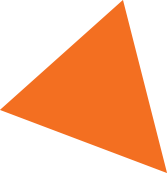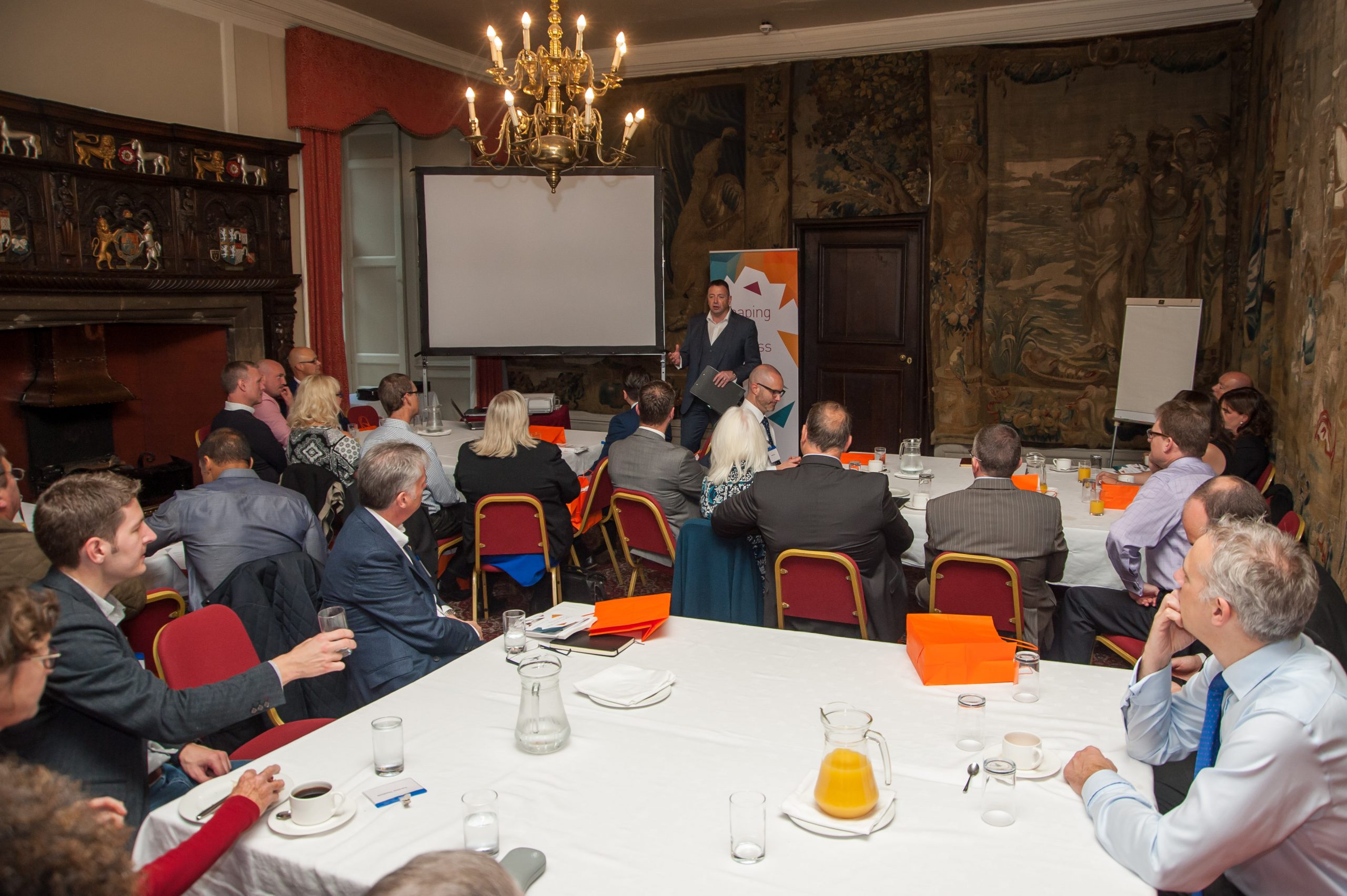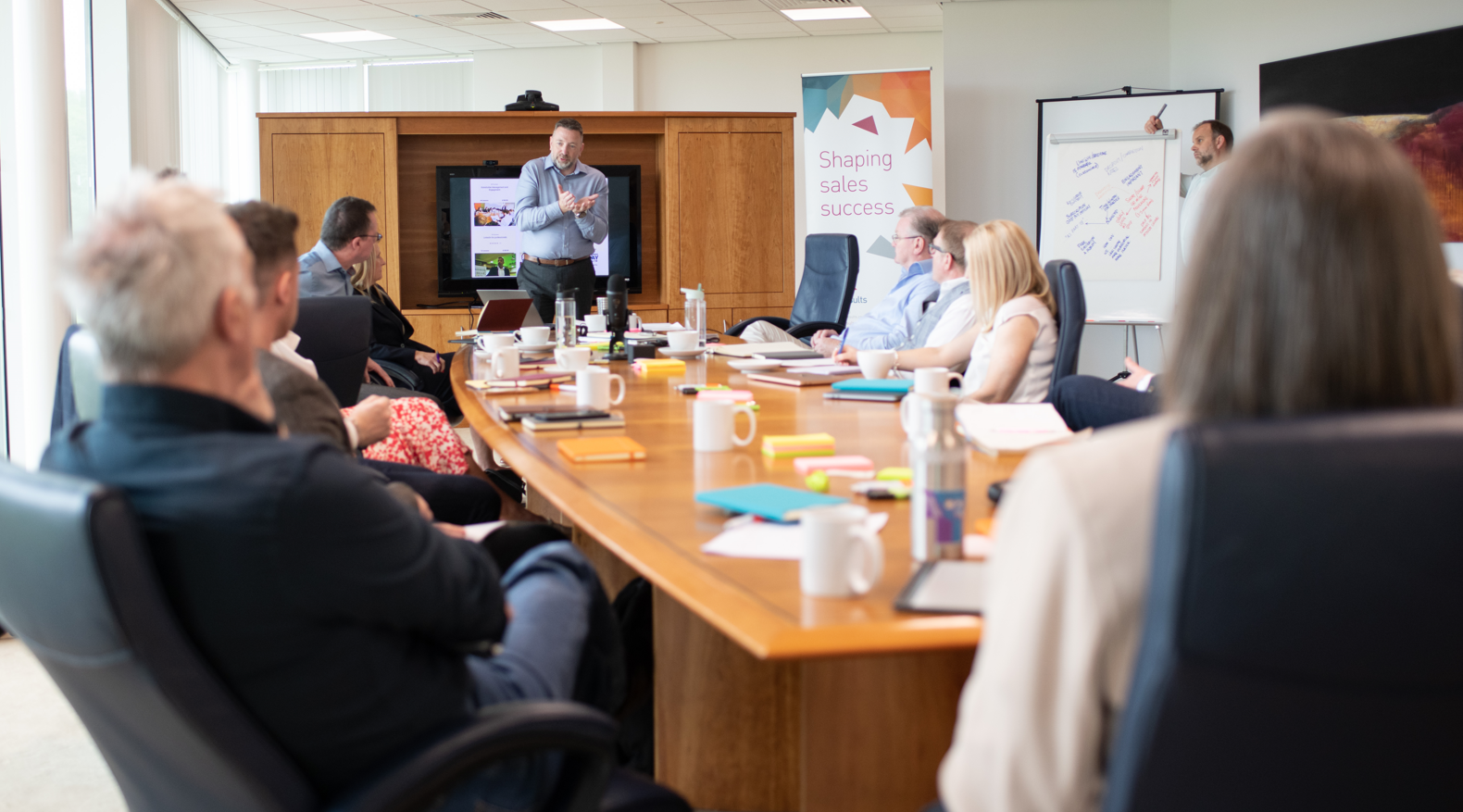Sharing content on LinkedIn? What is the best way to do it? This is one question that crops up at our LinkedIn training sessions.
There are different ways of sharing information on LinkedIn, but we need some guiding principles to start with. We’ve talked about (in previous blogs) understanding why you are on LinkedIn, tying in with your marketing and sales activity. The sales and marketing activity have shifted massively (over the last few years) in terms of how we engage with people. A real pushy outbound message seems to get very little engagement. So, the guiding principle we need you to understand before you start sharing content is, it’s not about what you like and it’s certainly not always a sales message. It’s about sharing information that will add value to your network; to your connections; that will help other people out.
Think before sharing content
So, what we say is, you may find an article that may not directly relate to the product, service or solution that you might want to offer. But, if it’s something that your customers or potential customers are talking about, then you need to take that into account. Share those sorts of articles. A general principle is, if you’re not sure about sharing content then consider this: imagine ‘you’ appeared on the 10 o’clock news or the front page of a national newspaper next to the article – showing your photograph. If you would be proud that somebody had picked that up and put you on the news (TV or front cover of the newspaper), then yes share it. But, if it causes you to pause and think, well actually I’m not sure I want to be associated with that article then don’t share.
What adds value to your customers?
For those working in unregulated markets, it’s fine to share whatever topics that you think are appropriate. Across your organisation, sit and discuss this as a team. What sort of things add value to our customers and engage our customers? What LinkedIn does (quickly) is it provides you with some detailed analytics (in terms of what you share). You can find out very quickly what does and does not engage.
Engage with your customers
Sometimes, it’s the things that you put out that you think add massive value, but your audience just doesn’t respond to. Other times, you share stuff and you think I’m not sure this will connect, and you get great engagement in terms of likes, comments, shares and views. What we need you to do is, look at those things that do get that engagement. Understand how that works and then replicate that. There are some broad principles, so you can share from trusted sources. Let’s say I’m a member of the Institute of Directors (the IOD). If they publish a useful blog that I think others would find useful (in terms of my connections), I share that blog by going to the IOD site, finding the blog and sharing it to the main page on LinkedIn.
Use a striking image
Another thing we can do is, just type a few lines and share it and update directly. What’s far more powerful is getting a great image out there too. We’ve talked previously about the power of the brain to recognise images over words. Well, a really striking image will help people connect and make them more likely to read the words you put out there. I can think of an example of sharing something, it was a picture that I had taken on a morning walk, where I was planning some content for us. I happened to take a reasonable picture of waves crashing against a cliff and it really caught people’s attention. It really made people stop and look at the whole article.
Create content directly within LinkedIn
There are two ways to do this: you can do a video directly on LinkedIn – this can be useful. You might want to think about what the video is about and how you might want to engage with people within LinkedIn and without LinkedIn. Also, you can create a blog directly from LinkedIn Pulse. Here, you can create an article (with a picture) and edit it almost like a blog and create some brand-new content of your own. Share out some ideas and some thoughts.
Add value to what you do
Now again, don’t lead with a sales message, lead with things that add value to what you do. That way you’re sharing content that your audience wants to engage with. You’re adding value, you’re building trust and a relationship. You can occasionally drop in more of a sales message – nothing too pushy, but certainly you need to make people aware of what you do.
There’s all sorts of different stats and I can’t get to the exact number (your audience will tell you what works best). But somewhere between one in ten and three in ten can be more of a sales message. If you get it the other way around, you know three out of every ten useful and seven out of every ten is a sales message that may not have the impact that you want or expect. It almost feels counter-intuitive – but when you switch that over and share content that engages people, it means (with the occasional sales message) folks are far more likely to engage.
So, the broad principle: think about the content, think about what’s will engage and help your audience. Also, track the analytics that LinkedIn already gives you.
You may like to take a look at my book ‘Sales Success on LinkedIn‘, or click on the link to download our resource:
How to build your perfect LinkedIn profile
Image courtesy of Pixabay










